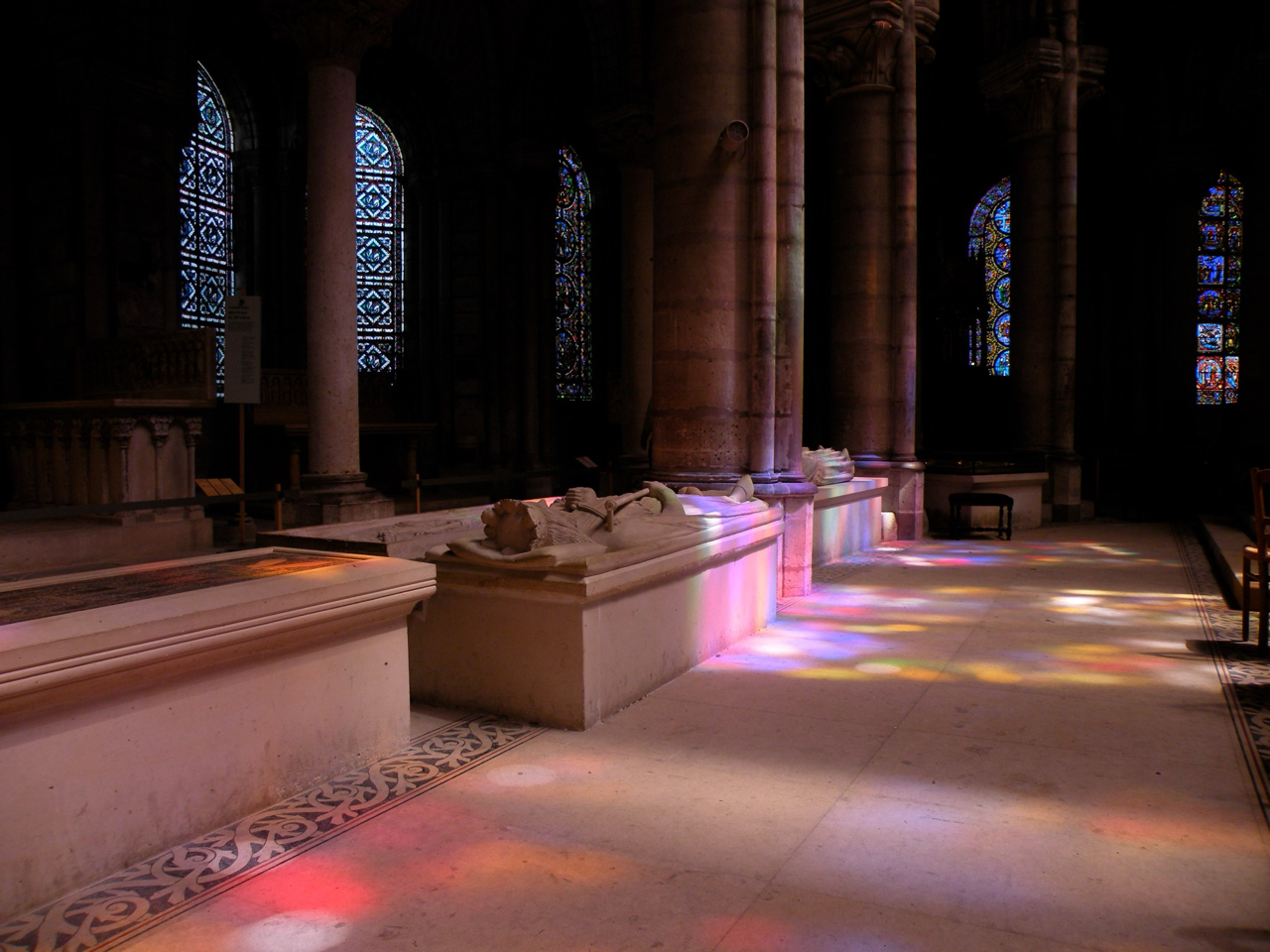This is rather long, but bear with me.
For the past month, I’ve been exploring topics inspired by the lists of events, births, or saints for the day in Wikipedia and the Britannica, trying to see whether one or another of these might help illuminate the goals, methods, or outcome of a classical Christian education.
I’ve mostly steered away from those political, military, and catastrophic events which are already familiar, but not always (see the entry for November 22). Sometimes ’ve chosen events that inform and shape our current world and even our methods of course delivery, like the creation of the World Wide Web. Sometimes I’ve looked at the list of saints, and found someone there to learn about.
I do realize that for some of our SO families, talking about someone as a saint can be controversial. Still, one of our goals in founding Scholars Online was to create a place where students and families could exercise the classical education skill of rational, civil discourse in a safe place, where it was okay to disagree, but also to inquire and to try to understand viewpoints different from our own.
While many Protestant traditions (Baptists and evangelicals in particular), do not officially venerate saints in the same way that Roman Catholics, Orthodox, and Anglican traditions do, still they recognize that these people can serve as models of holiness worthy of imitation, so I have ventured to examine how some of the saints who show up on the commemoration calendars may speak to our experience as Christians.
In some cases, the connection is easy: Isaac Watts’ book Logick explicitly lays out the fundamental goals of classical Christian education: here was an opportunity to quote his succinct explanation.
In others, the connection might not be so apparent: really, Dr. Christe: Clovis I? And as a saint?
You have to understand: it was the lighting. Dr. Bruce and I had an opportunity to visit the Basilica of St. Denis in Paris. It was a cloudy day (as is often the case in Paris in July), and we circled the nave, checked out the chapels, and went down into the undercroft. We came back up, intending to leave… but the sun had come out. Suddenly the nave, which contains tombs of the kings and queens of France, was illuminated by light passing through the stained glass above us, and before us, red and blue and green light danced on the tomb of Clovis I, King of the Franks.
So, here is Clovis, born around 466, died 27 November 511. We know very little of his education, which probably didn’t involve Latin or Greek. He likely spoke a form of Old Dutch and had little acquaintance with classical literature or philosophy directly, but the culture in which he was raised was still that of the Roman empire. When his father Childeric I died, Clovis was only 15 years old. In the first decade of his reign, supported by a small contingent of Franks loyal to his family, he brought together the fragments of Roman provinces through both political and military alliances, ending Roman imperial control over Gaul. His subjects were a mix of Gauls and Germanic tribes, many of whom were either pagans or Arian Christians, an interpretation of the nature of Christ that had been pronounced heretical by the councils at Nicaea and Chalcedon In order to gain the substantial aid of the local church authorities, Clovis married a Christian princess, Clotilde of Burgundy, raised in the Nicene tradition. It wasn’t merely a political alliance: Clovis’ affection and respect for Clotilde led him to convert from his pagan Gallic-Roman upbringing and choose baptism as a Nicene, rather than Arian, Christian.
And now we are confronted with a problem modern society would like to vastly oversimplify in its efforts to judge any given thing or person entirely good or entirely evil. Clovis could be manipulative and pragmatic: he conspired to have some of his enemies murdered by their own kin or servants. In trying to build a central state out of fragments as Roman control in Gaul disintegrated, he played one faction off another. At the same time, he established and reformed the Catholic church in Gaul, and continued the tradition of written law in the form of the Salic code as the basis of formal justice.
Here Watt’s Logick and classical education can help us. In his section on the “right Use of Reason”, Watt describes situations in which an author is defended completely despite specific follies, or poem is rejected as a whole for its blemishes; such assessments he calls “prejudices”. He goes on: “This Sort of Prejudice is relieved by learning to distinguish Things well, and not to judge in the lump. There is scarce any Thing in the World of Nature or Art, in the World of Morality or Religion, that is perfectly uniform. There is a Mixture of Wisdom and Folly, Vice and Virtue, Good and Evil, both in Men and Things… We should neither praise nor dispraise by Wholesale, but separate the Good from the Evil, and judge of them apart: the Accuracy of a good Judgment consists in making such Distinctions.”
And so we get to learn from men like Clovis. They are not wholly good, nor wholly bad. Reason rightly trained can help us identify the bad, and avoid it; and recognize the good, and emulate it.

